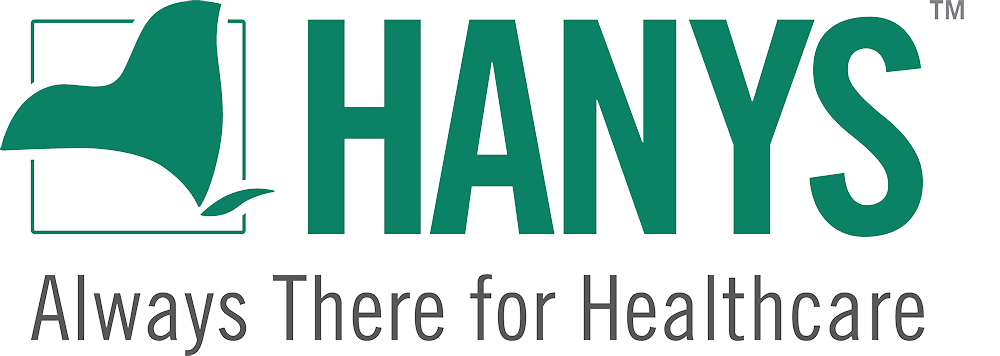HANYS Newsroom
Resources
Send media inquiries to:
News and Media
Statement on the passage of the One Big Beautiful Bill Act
The One Big Beautiful Bill Act represents the largest erosion of our healthcare system in history.
Statement on the U.S. Senate's latest version of the One Big Beautiful Bill Act
More than 1.5 million New Yorkers will lose health coverage and millions more will lose access to care under the latest iteration of the One Big Beautiful Bill Act.
Photos: HANYS’ annual conference and 100-year celebration
Our three-day event reflected on the past, explored current events and looked to what lies ahead.
HANYS celebrates 100th anniversary
HANYS was pleased to celebrate our centennial with our members this week at our 56th Annual Membership Conference.
Northwell Health wins 2025 Community Health Improvement Award
Their Street Medicine Program is recognized for its partnerships and impact on vulnerable community members.



